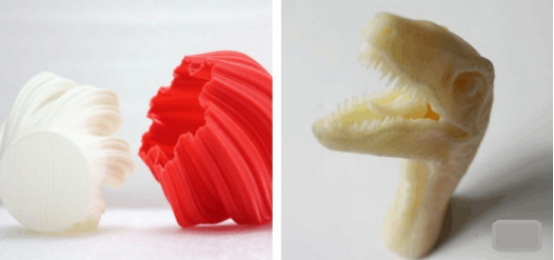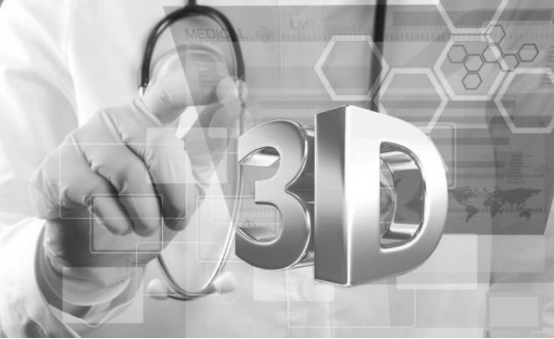The 3D printer first sprays solid powder or molten liquid material under the guidance of the design document instructions to solidify it into a special flat thin layer. After the first layer is cured, the 3D printer returns to its print head to form another thin layer outside the first layer. After the second layer is solidified, the print head returns again and forms another thin layer outside the second layer. In this way, the thin layer eventually accumulates into a three-dimensional object.

3D printers do not manufacture objects by cutting or moulding. The method of forming physical objects through layers of layers expands the scope of the digital concept from a physical point of view. For shapes that require precise internal recesses or interlocking parts, 3D printers are the preferred processing equipment. It can implement such a design in the physical world.

The printing advantages of 3D printing prototype technology mainly lie in:
1. It only takes a few hours to tens of hours to complete the manufacture of one or several sets of prototypes, and the product development cycle can be shortened by more than 40%;
2. There is no need for machining, turning over or opening molds, and rapid prototype samples can be printed directly, which greatly reduces product development costs;
3. The dimensional accuracy can meet the requirements of industrial-grade assembly, the dimensional accuracy of plastic samples can reach ±0.1mm, and the dimensional accuracy of metal samples can reach ±20μm;
4. The plastic sample is made of nylon 12 engineering plastic material with excellent performance, which has high strength, high toughness, wear resistance, corrosion resistance, temperature resistance and other excellent properties;
5. Fast prototypes can meet a variety of demanding test requirements, such as wind tunnel test (3000 rpm), water pressure and flow test (more than ten thousand times).

